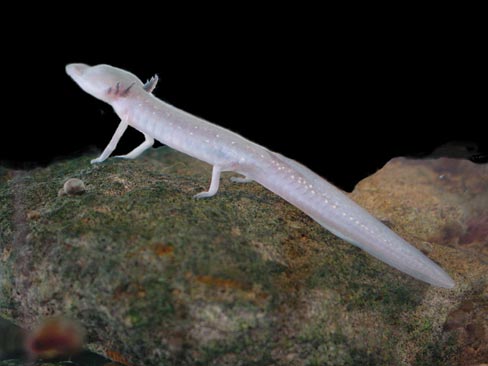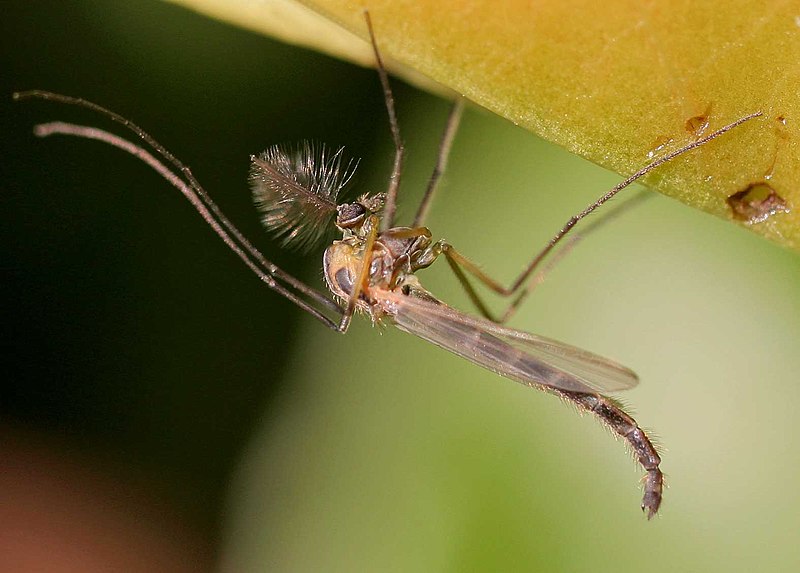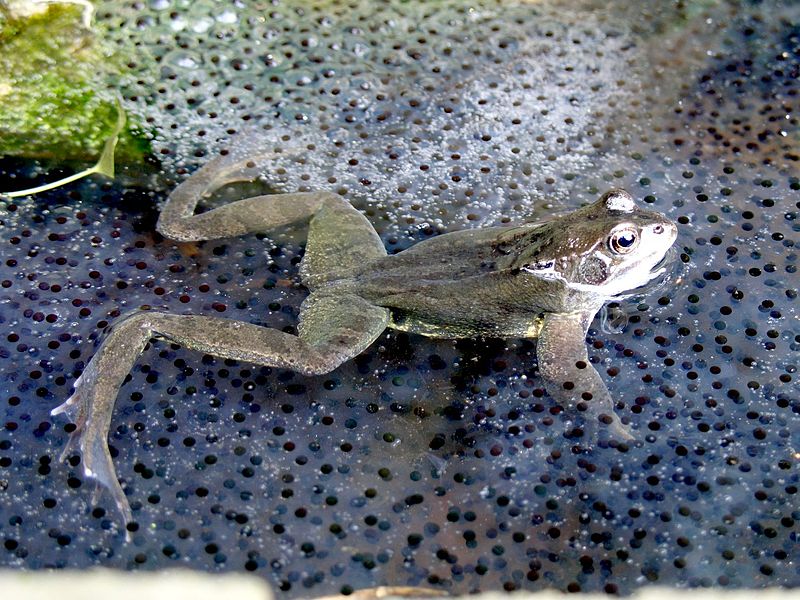 At least 200 species of amphibians have become extinct in the last 30 years, and a full one-third of those remaining may soon follow. Despite rising concerns here in the USA, and the existence of a long-established law (the Endangered Species Act) that protects animals in peril, 12 native frogs, toads and salamanders remain neglected and in immediate need of protection.
At least 200 species of amphibians have become extinct in the last 30 years, and a full one-third of those remaining may soon follow. Despite rising concerns here in the USA, and the existence of a long-established law (the Endangered Species Act) that protects animals in peril, 12 native frogs, toads and salamanders remain neglected and in immediate need of protection.
A Crisis Situation for Many Species
According to the standards set by the US Fish and Wildlife Service, all 12 species qualify for protection under the Endangered Species Act. However, a recent update released by the Center for Biological Diversity revealed the shocking fact that, for reasons that are not entirely clear (or, I’m sure, reasonable!), these rare amphibians remain on the Endangered Species Act “Candidates List” – unprotected and edging ever closer to extinction. Read More »
 That Reptile Blog – Reptile, Amphibian and Exotic Pet Care and Information
That Reptile Blog – Reptile, Amphibian and Exotic Pet Care and Information




